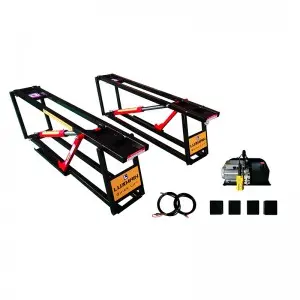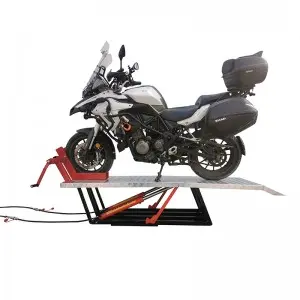
Cylinders: The Versatile Geometric Shape That Plays a Crucial Role in Engineering, Manufacturing, and Everyday Life
Cylinders are a fascinating geometric shape that we often encounter in both nature and human-made environments. Defined as three-dimensional shapes with two parallel circular bases connected by a curved surface, cylinders are ubiquitous in our daily lives. Their simplicity and efficiency in volume and surface area calculations make them essential in various fields, including engineering, manufacturing, architecture, and even art.

Cylinders: The Versatile Geometric Shape That Plays a Crucial Role in Engineering, Manufacturing, and Everyday Life
To understand the importance of cylinders, it’s crucial to explore their characteristics. A cylinder is defined by its height (the distance between the bases) and its radius (the distance from the center of the circular base to its edge). The volume of a cylinder can be calculated using the formula V = πr²h, where V represents volume, r is the radius, and h is the height. This formula illustrates how cylindrical shapes can maximize storage capacity while maintaining a low surface area compared to other shapes with the same volume.
One of the primary applications of cylinders is in fluid storage and transportation. For instance, many tanks, pipes, and containers are designed in a cylindrical shape due to their ability to withstand pressure while minimizing material usage. This is particularly evident in the design of water tanks, gas cylinders, and even underwater pipes, where the cylindrical structure ensures even distribution of pressure and stability. The robustness of a cylinder is crucial for safety, especially in scenarios involving high-pressure gases or liquids.
In manufacturing, cylinders also play an essential role. The cylindrical shape is fundamental in the production of bearings, rollers, and all kinds of machinery components that require smooth rotational motion. The use of cylinders in mechanical designs minimizes friction and allows for efficient movement. Moreover, they are prevalent in the automotive industry, where components like pistons, tires, and drive shafts rely heavily on cylindrical geometries to function effectively.

Cylinders: The Versatile Geometric Shape That Plays a Crucial Role in Engineering, Manufacturing, and Everyday Life
Architects and builders have long recognized the aesthetic appeal and functional advantages of using cylindrical structures. Buildings, columns, and bridges often feature cylindrical elements that provide not only strength but also an elegant design. The Beasley Building in Houston, Texas, is one renowned example that incorporates cylindrical forms for both structural integrity and visual appeal. Similarly, amphitheaters such as the Colosseum in Rome and modern concert halls utilize cylindrical shapes to enhance acoustics, allowing sound to travel efficiently across large spaces.
Moreover, cylinders find their way into everyday items and conveniences. From drink cans and plastic bottles to batteries and other containers, this shape is integrated into our daily lives in a variety of indispensable ways. The design of these products not only allows for ease of use but also optimizes packaging, storage, and transport efficiency. For example, the uniform cylindrical shape of soda cans allows for effective stacking and storage, minimizing space while maximizing the number of units that can be transported.
Cylinders are also prevalent in aesthetic and recreational contexts. Artists and designers often employ cylindrical forms in sculptures, furniture, and architectural features to create engaging and dynamic spaces. Whether it’s a cylindrical lamp, a piece of abstract art, or furniture with rounded edges, the inherent softness of the shape provides a comforting presence in design.
The study of cylinders also extends into mathematics and physics, where concepts pertaining to volume, surface area, and rotational dynamics are examined. Cylinders serve as fundamental examples in educational settings for teaching students about geometry and spatial reasoning. Simple experiments involving cylindrical water fountains or spinning top toys can illustrate key physical principles like inertia and fluid dynamics.
In conclusion, cylinders are much more than just a basic geometric shape; they are integral to engineering, manufacturing, architecture, and everyday life. Their unique properties offer solutions to a myriad of challenges, from efficient storage and transport to effective structural support and aesthetic appeal. As we continue to innovate and design with this shape in mind, it is clear that the cylinder will remain a cornerstone of both practical applications and creative endeavors for years to come.quickjack portable car lift



